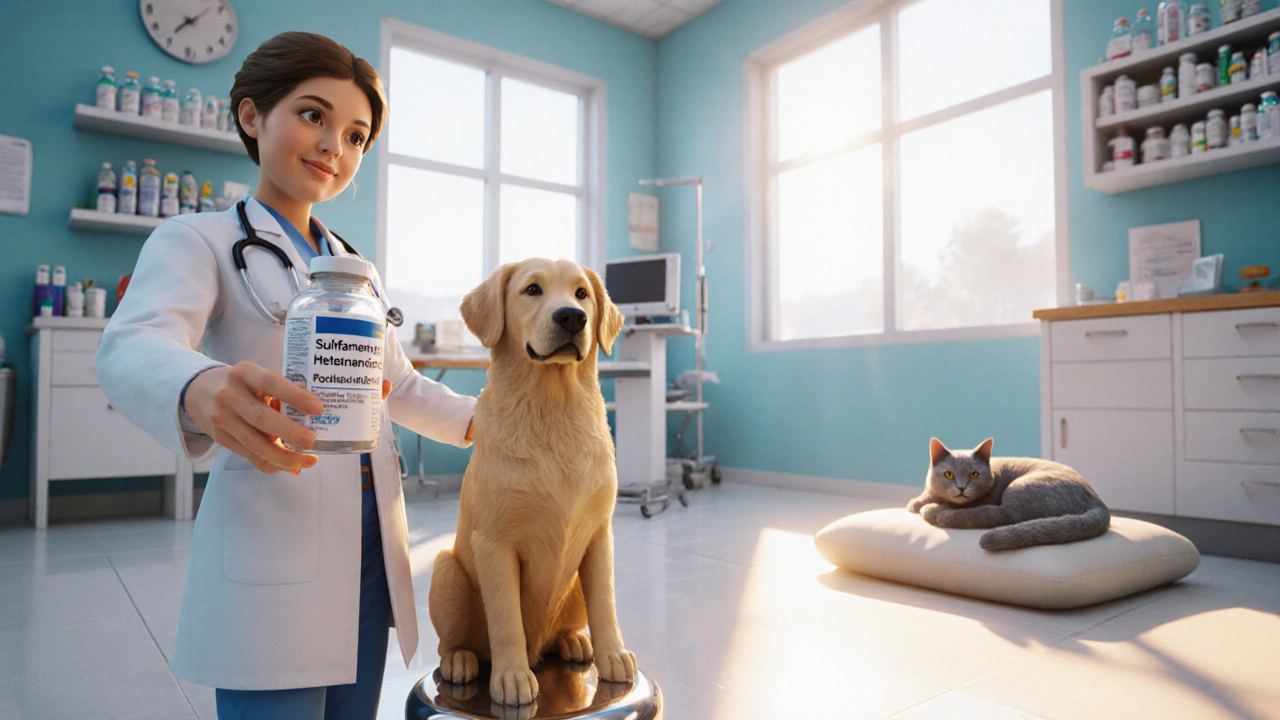Antimicrobial resistance: how to spot it and what you can do
Antimicrobial resistance (AMR) happens when bacteria, viruses, fungi, or parasites stop responding to the drugs that used to kill them. The World Health Organization lists AMR as a top global health threat. When common germs become resistant, simple infections take longer to treat, hospital stays grow, and routine procedures become riskier.
Resistance grows when medicines are used too much or the wrong way. That includes using antibiotics for colds, keeping leftover pills, skipping tests that identify the right drug, and wide antibiotic use in farming. These actions give microbes more chances to adapt and spread.
Practical steps you can take
Ask the simple question: do I really need antibiotics? Viral infections like most colds and many sore throats don’t need them. If your clinician prescribes an antibiotic, follow their directions for dose and timing. Don’t stop or change the schedule without asking.
Never save or share antibiotics. Return leftovers to a pharmacy or use a local medicine take‑back program. Don’t flush pills down the toilet—many places have safe disposal options listed on pharmacy or council websites.
Encourage testing. A culture or point‑of‑care test can show which drug will work. When possible, ask for a targeted (narrow‑spectrum) antibiotic rather than a broad one. Targeted therapy treats the bug and cuts the chance resistance spreads.
Simple prevention cuts the need for antibiotics. Wash hands, keep wounds clean, cook food safely, and stay up to date on vaccines. These steps reduce infections and the pressure that breeds resistance.
When to see a doctor
Call your clinician if symptoms worsen or you don’t improve after 48–72 hours on antibiotics. Watch for high or persistent fever, spreading redness, unusual pain, or wounds that won’t heal. Recurrent urinary or skin infections should prompt further testing and specialist input.
Tell your clinician about recent travel, hospital stays, or contact with someone known to have resistant bacteria. That history helps pick the right tests and faster treatment.
Parents: be cautious about pressuring for antibiotics for kids’ viral fevers. Ask about symptom relief and red flags instead. Travelers: avoid buying antibiotics abroad without a proper prescription—those meds may be fake or the wrong choice.
Researchers are testing better diagnostics, new drugs, and alternatives like bacteriophage therapy, but these aren’t ready to replace core habits: sensible prescribing, accurate testing, and prevention. On this site you can read practical related guides like our Lamisil article on antifungal care and our advice on buying medicines safely.
Small choices add up. Use antibiotics only when needed, push for testing, practice basic hygiene, and dispose of meds safely. Those steps slow resistance and help keep medicines effective for everyone.


